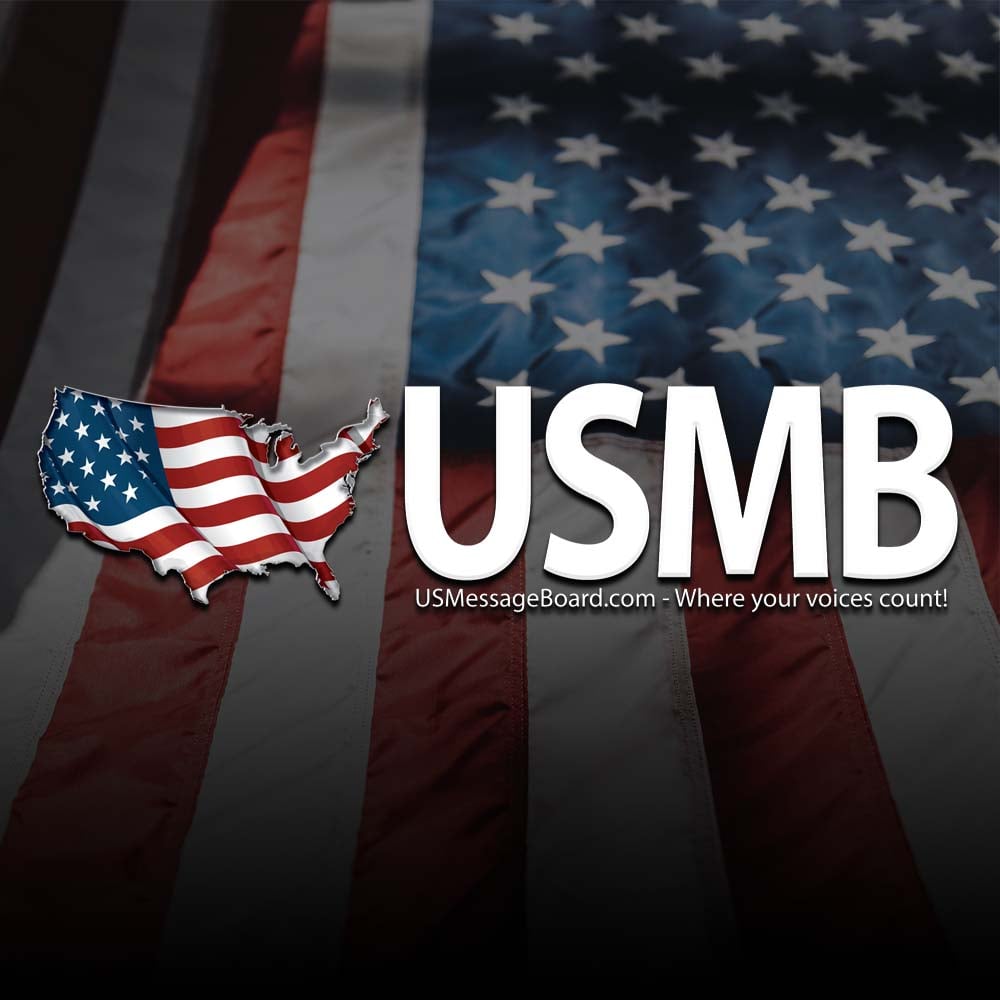Fort Fun Indiana
Diamond Member
- Mar 10, 2017
- 110,236
- 99,369
- 3,645
- Thread starter
- #221
They are separate permutations.This is your sample space of combinations: {BB, RB, RB, RR} (note the repeated combination "RB", to denote it being 50% likely)
There are only three combinations of two red or black cards possible.
Both black, both red or one of each.
RB, RB is not two separate combinations.
But you are correct that the "turned the card to your left" messes with the answer and makes it 50%, in scenarios 3 and 4 . But, this is for a slightly different (yet also similar) reason than the answers to 1 and 2 being 50%.
I should have said, "I tell you at least one card is red". Then, the odds both are red are 1/3. This would have made scenarios 3 and 4 analogous to rhe sibling riddle, which was my original intent.
Here is why:
When you flip one of the two cards to reveal it is red (doesn't matter which,like you said), you eliminate all of BB combinations and HALF of the RB combinations. Thus you are left with two equally possible combinations.
Same space of remaining, possible combinations: {RB, BB}
Why?
Because, if the two cards are randomly shuffled, then half the RB combinations would end up with their black card on the side where you just flipped a red card.
So you get extra credit.
Last edited:

